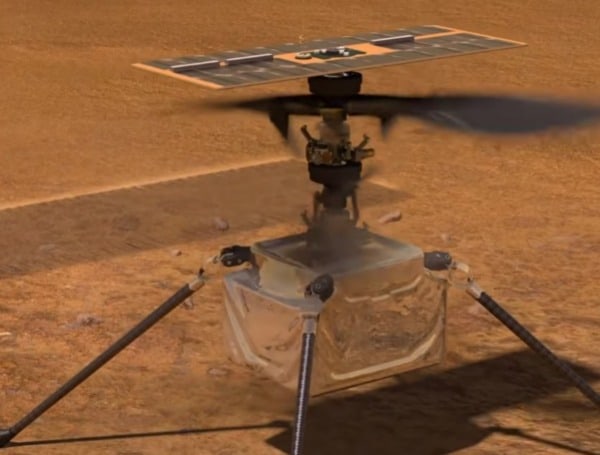Three Mars missions that launched in 2020 are finally seeing the light at the end of their journeys. Missions from the United Arab Emirates, China, and the United States will all be arriving at the red planet by next week.
This tight arrival schedule is due to the opposition of Mars and the Earth, which is a phenomenon that happens every 26 months when the two planets are the closest to each other, making it faster for spacecraft to travel between the two bodies.
On February 8th, the UAE mission’s probe Hope is scheduled to arrive, and with it, a hopeful prospect of things to come. Hope is the first interplanetary mission from the country, and their probe intends to orbit the planet and provide a complete analysis of the Martian atmosphere.
The entry process will be conducted completely autonomous, and will undoubtedly be stressful due to an eleven-minute lapse in communications between the probe and Earth. This stress will surely be accentuated by this gap in communication happening during an insertion technique that requires the thrusters to perform a long burn for approximately twenty-seven minutes, known as an MOI, or Mars Orbit Insertion.
Communications will be completely dark during this point, as Mars will eclipse the spacecraft, and only after it emerges from the planet’s dark side, will it establish the connection again to announce whether the operation was a success or not.
On February 9th, China’s Mars mission, Tianwen-1, is looking to enter a probe into the planet’s orbit as well. The name Tianwen means “questions to heaven,” which seems fitting, as the probe not only is also surveying the atmosphere of Mars but also will spend two-to-three months looking for candidate sites to release its onboard lander and rover down to the surface.
Once on the ground, the solar-powered rover will be measuring Martian weather and will probe both soil and rock compositions. It has a life expectancy of 90 days, however, so it won’t have too long of a time to enjoy the luxuries of Mars’ Utopia Planitia before succumbing to its fate.
Finally, on February 18th, NASA’s Perseverance rover will be deployed to the planet, in the Jezero Crater. The US has launched many rovers over the years, to varying success, but never before has anyone put on the Martian surface an autonomous helicopter, and that’s exactly what the mission plans to do.
The helicopter, named Ingenuity, is a small aircraft that will ride down to the surface, strapped to the ‘belly’ of the Perseverance rover. Once deployed, it intends to test the first powered flight on another planet, a big deal, given all simulations planning for this event, are just that: simulations.
So far, crafts have only descended down to the surface of Mars, but none have ever attempted to lift off from the surface to return back home. Once flight characteristics and atmospheric relative data can be studied from the copter, this will provide data for future human endeavors and launch information for engineers to apply to craft planning on exiting the red surface.
Tests will begin with the craft taking off and hovering a few meters off the ground for 20 to 30 seconds, but they intend to push the flights further and farther as they continue their testing.
It’s shaping up to be an amazing year for the furthering of space exploration and travel, and these missions are certain to bring exciting news and data as we continue to study our neighboring planet that hopefully will one day harbor and support human life.


Missions by the UAE and China aren’t U.S. missions. Time to replace whom ever write the title.
Thanks Shawn! It was meant to say, Including U.S., appreciate you reading. Jake G.